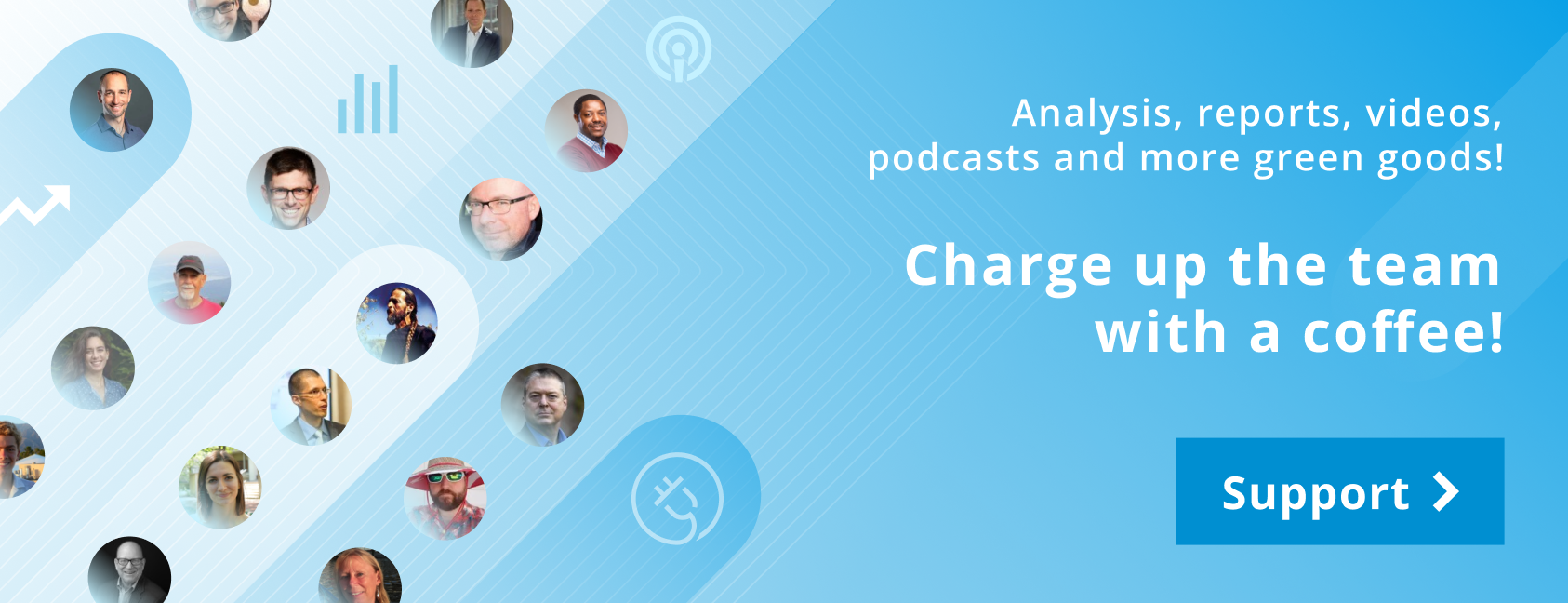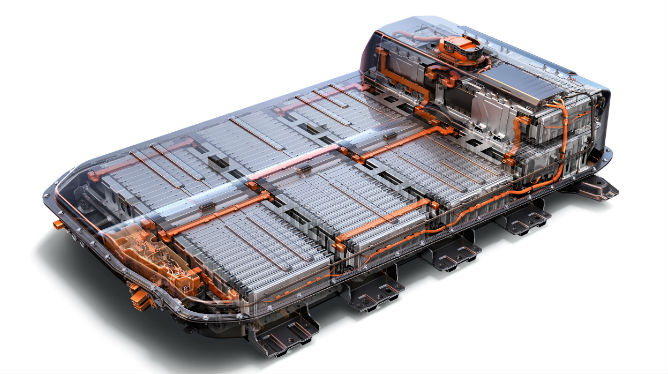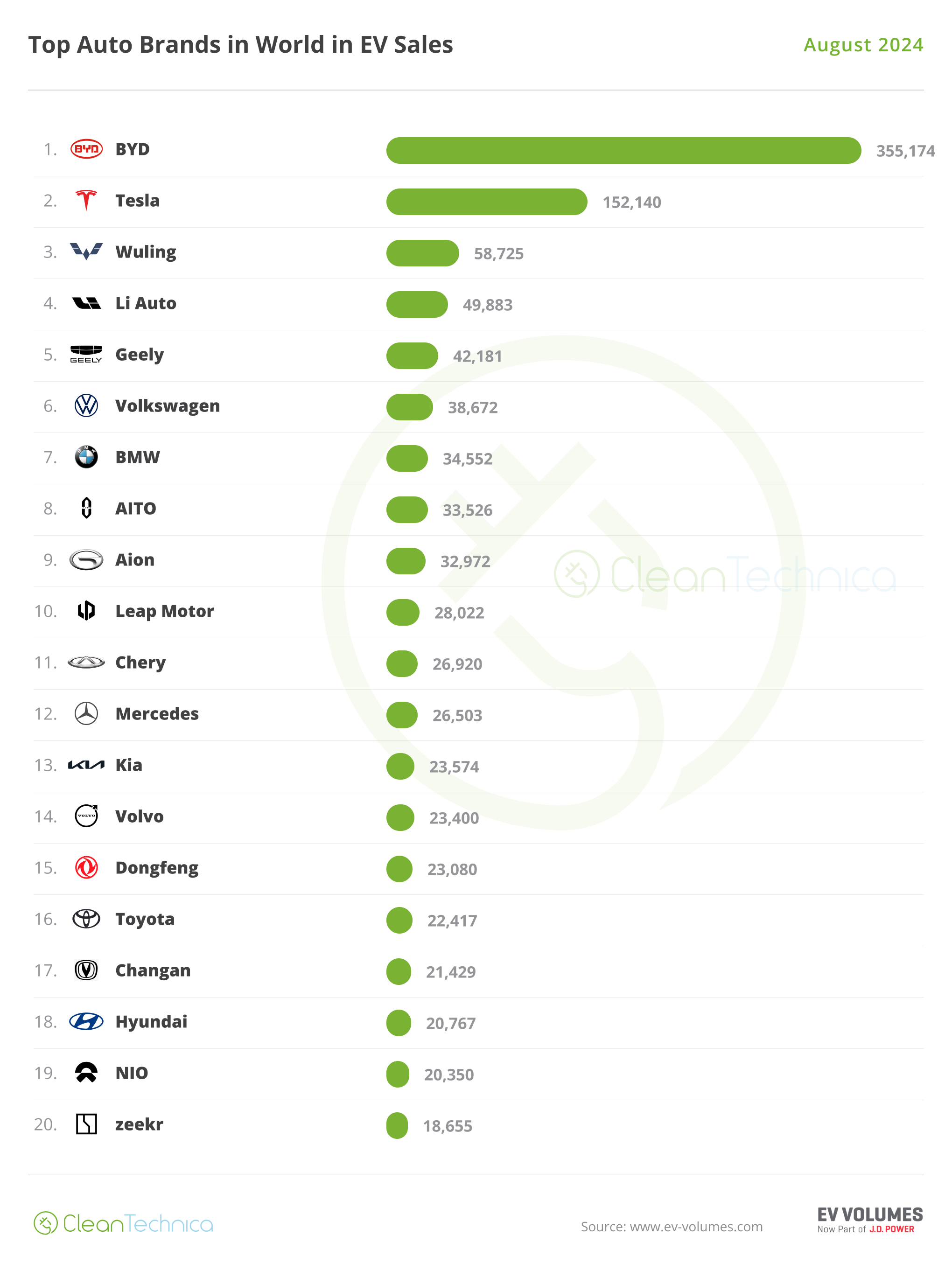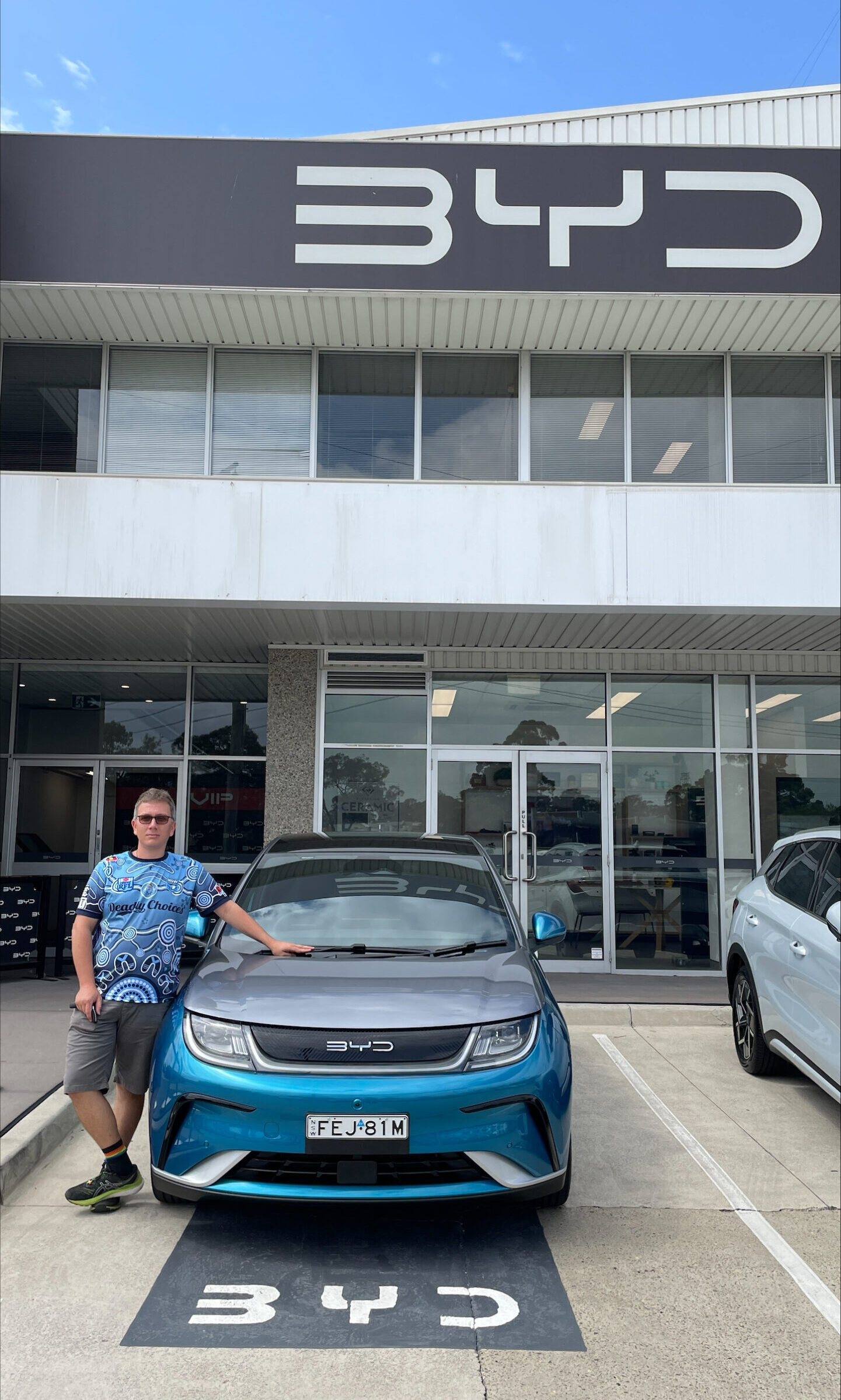
CATL is the largest battery manufacturer in the world, but it is largely shut out of the US market because of the current antipathy between Washington and Beijing. Ford has crafted a plan to build a battery factory in Michigan that will use CATL technology, but be owned and operated by Ford. That plan has put a frown on the faces of lots of politicians at the national, state, and local level. But the anti-China animus has created a window of opportunity for other companies, and LG Energy Solution is chasing that opportunity with every ounce of energy it can muster. The company plans to manufacture 280 GWh of batteries in the US within a few short years.
The battery production credits baked into the Inflation Reduction Act are a significant incentive to manufacture batteries in the US using locally sourced materials and components. As we reported last fall, there are four categories of credits, and they can be stacked together. The IRA also placed no cutoff date on those credits, so industry can make long term plans for the future.
The four categories are:
- 10% of the cost of battery electrode active materials
- $35/kWh of battery cell capacity
- $10/kW of battery module capacity (or, for a battery module that does not use battery cells, $45/kWh)
- 10% of the cost of producing a battery mineral.
Put all those credits together and there are billions of dollars in incentives just sitting on the table waiting for someone to pick them up. If a manufacturer produces enough 70 kWh batteries to power one million electric vehicles, the resulting tax credits would total $2.45 billion. Tesla expects its Gigafactory in Nevada to produce up to 500 GWh of battery cells annually eventually. If it hits that target, it will be eligible for $17.5 billion in Section 45X tax credits annually.
LG Energy Solution will be delighted to claim its fair share of those credits, and then some. It plans to boost battery manufacturing in the US by 55 times its current level by 2027. “We’d be foolish not to say the IRA incentives are a part of it, but I wouldn’t say that’s the only argument” for the company’s extensive buildout, Peter Gibson, VP of sales and marketing for LG Energy Solution Vertec, tells Canary Media. Vertec is the name of the LG division which integrates LG batteries into grid power plants. “We were developing these plants well before the IRA was published or the details became available.” That may be so, but Section 45X of the IRA certainly put the spurs to LG’s efforts.
LG Energy Solution Started Small In The US
 LG Energy Solution got a slow start in the US. It partnered with GM to develop the Chevy Bolt — a relationship that almost went sideways when reports of battery fires first appeared. But LG stepped up to solve the problem — which reportedly cost it $1 billion — and is now the principal supplier for GM’s Ultium battery platform. Eventually it may supply GM with up to 140 GWh of batteries a year from factories in Ohio, Michigan, and Tennessee. It will soon be making 25 GWh of batteries at a factory in Holland, Michigan, and is building a new factory with a capacity of 43 GWh in Queen Creek, Arizona. The company is also working on a plant with a capacity of 30 GWh for Hyundai in Savannah, Georgia, and another with 40 GWh of capacity for Honda in Ohio.
LG Energy Solution got a slow start in the US. It partnered with GM to develop the Chevy Bolt — a relationship that almost went sideways when reports of battery fires first appeared. But LG stepped up to solve the problem — which reportedly cost it $1 billion — and is now the principal supplier for GM’s Ultium battery platform. Eventually it may supply GM with up to 140 GWh of batteries a year from factories in Ohio, Michigan, and Tennessee. It will soon be making 25 GWh of batteries at a factory in Holland, Michigan, and is building a new factory with a capacity of 43 GWh in Queen Creek, Arizona. The company is also working on a plant with a capacity of 30 GWh for Hyundai in Savannah, Georgia, and another with 40 GWh of capacity for Honda in Ohio.
While many manufacturers are adding capacity in the US, LG stands out for the sheer scale of its pivot to American production, Canary Media says.
LG Energy Solution Targets Grid Storage
In addition to making batteries for electric vehicles. LG Energy Solution also manufactures batteries for grid-scale energy storage. It has a factory in South Korea that makes about 1 GWh of stationary storage batteries, and another in China with a capacity of 9 GWh. The new Arizona factory will feature 16 GWh of LFP pouch cells intended for use in energy storage systems. It will start production in 2026 and should be fully operational in 2027. At that point, LG’s US-based grid battery production will be greater than its current global capacity for energy storage batteries. “We genuinely believe the North American market, especially the U.S. market, to be the world’s largest and fastest-growing market for grid-scale batteries,” Gibson said.
There is an odd side note to this story. Queen Creek, Arizona, was featured in a recent article in CleanTechnica because it and several other Phoenix suburbs are no longer permitted to approve new single family home building permits that depend on new wells, because access to groundwater in the area is being limited due to cuts in the supply of water the area gets from the Colorado River and the continuation of a decades long drought in the area. And yet, industrial and commercial enterprises are under no such restrictions. So while the battery factory will bring new employment opportunities to the area, those employees may not be able to find housing for themselves and their families nearby.
After the company purchased NEC Energy Solutions last year, it transitioned from being just a supplier of battery cells for energy storage to supplying entire grid-scale energy storage systems complete with the software needed to manage them. It named its new division Vertec. “We know better than anybody else how our batteries work,” Gibson said. “We feel like we have the right parts of the jigsaw [puzzle] coming together.”
He added that customers say they’d prefer to have one company standing behind the whole finished product, preferably a company with a good credit rating and the staying power to honor a long-term warranty. Gibson declined to name its energy storage partner, but said the company has “multiple large scale” storage projects in the works.
During its Q3 earnings call last year, LG Energy Solution executives pledged that within five years, 72% of critical battery materials would be sourced from North America or countries that qualify under the IRA terms and conditions — i.e. countries not named China. It is illustrative of just how dominant China is in battery manufacturing that even after taking the Section 45X tax credits into account, it would still be cheaper to manufacture batteries in China and ship them to the US than to manufacture them in America.
The US has spotted China an enormous lead in battery manufacturing and is now playing catch-up. Getting back in the game will be costly, and the Chinese are not slowing their efforts to be the dominant force in batteries now and far into the future. There was a time when the Western world was content to let China become an industrial power. It is only now waking to find the bill for such complacency has come due.
Sign up for daily news updates from CleanTechnica on email. Or follow us on Google News!
Have a tip for CleanTechnica, want to advertise, or want to suggest a guest for our CleanTech Talk podcast? Contact us here.
Former Tesla Battery Expert Leading Lyten Into New Lithium-Sulfur Battery Era — Podcast:
I don’t like paywalls. You don’t like paywalls. Who likes paywalls? Here at CleanTechnica, we implemented a limited paywall for a while, but it always felt wrong — and it was always tough to decide what we should put behind there. In theory, your most exclusive and best content goes behind a paywall. But then fewer people read it! We just don’t like paywalls, and so we’ve decided to ditch ours. Unfortunately, the media business is still a tough, cut-throat business with tiny margins. It’s a never-ending Olympic challenge to stay above water or even perhaps — gasp — grow. So …




